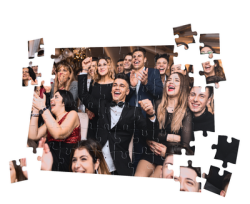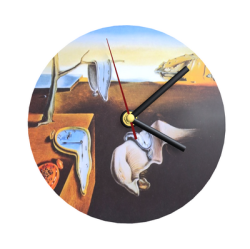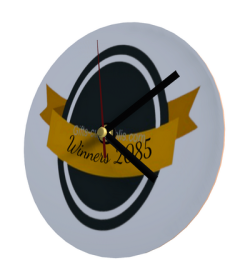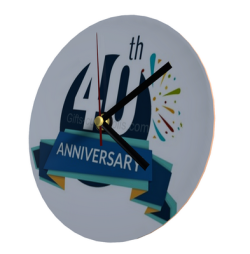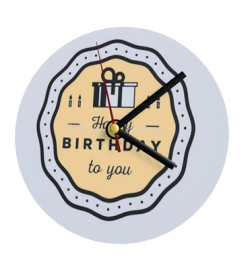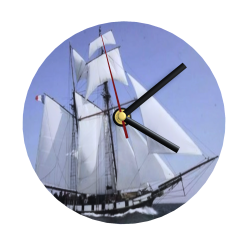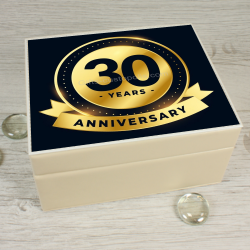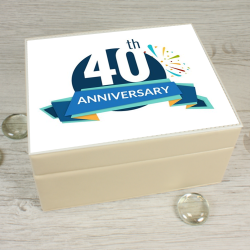Wooden puzzle to customise
Fan of puzzles? Do you want to share your passion with family members, young or old? Do you want to please with a personalized fun gift? Do you want to surprise and entertain your loved ones? Order a personalized photo puzzle with a photo of your parents, your children, the person you love, your dog or your cat. Or take a photo of your group of friends on their motorbike. Choosing a personalized puzzle with a photo has only advantages. It is above all a photo chosen by you, therefore a unique gift that causes emotion and a lot of pleasure. Moreover, the puzzle is an activity as calm as it is intelligent where patience, reflection and motor skills make it possible to realize it. It develops visual memory. But it is also a cooperative game: alone, with friends or family all can have fun doing it together. Turn your family portrait into a game: Taking and undoing the photo of grandpa and grandma is too fun for your child. If he doesn't know how to do it well, you help him and step by step he will be proud to do it alone! Offering an invitation, a greeting card or a photo of the youngest ... in the form of a puzzle to undo and redo, is certainly an original idea, unconventional and unusual ... Once completed, the puzzle can be a precious image to hook. Fun and playful kdo for birthday, Christmas kdo, family gift idea …





































